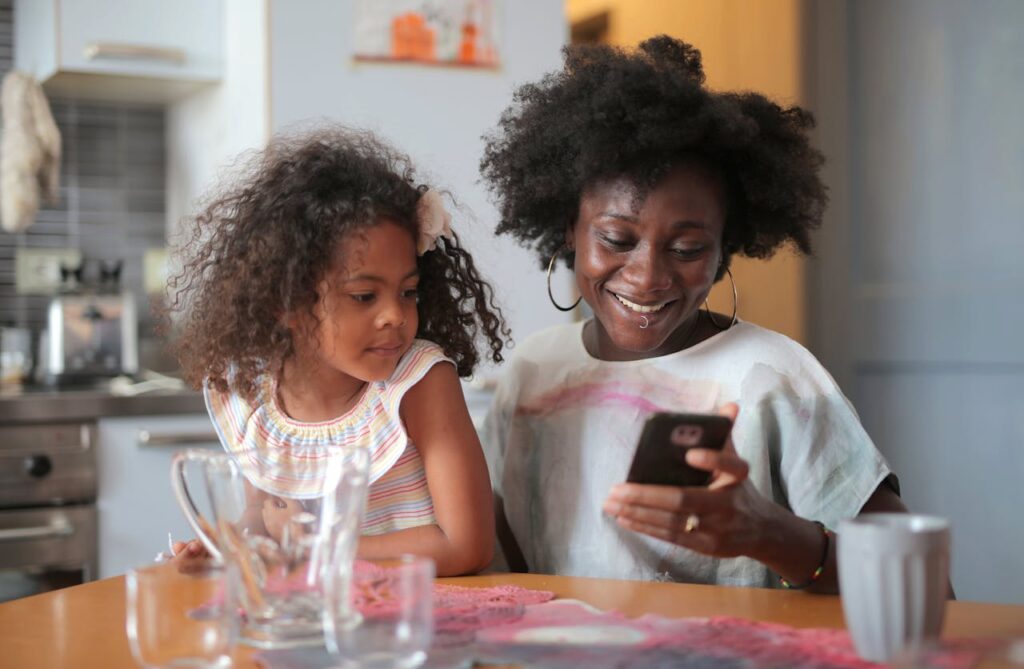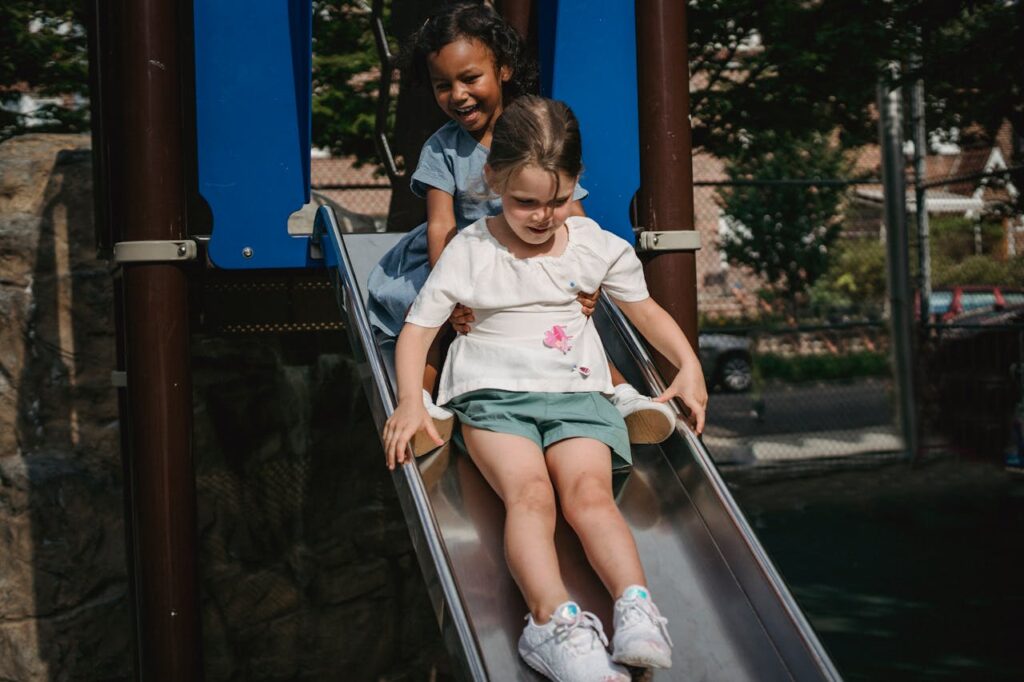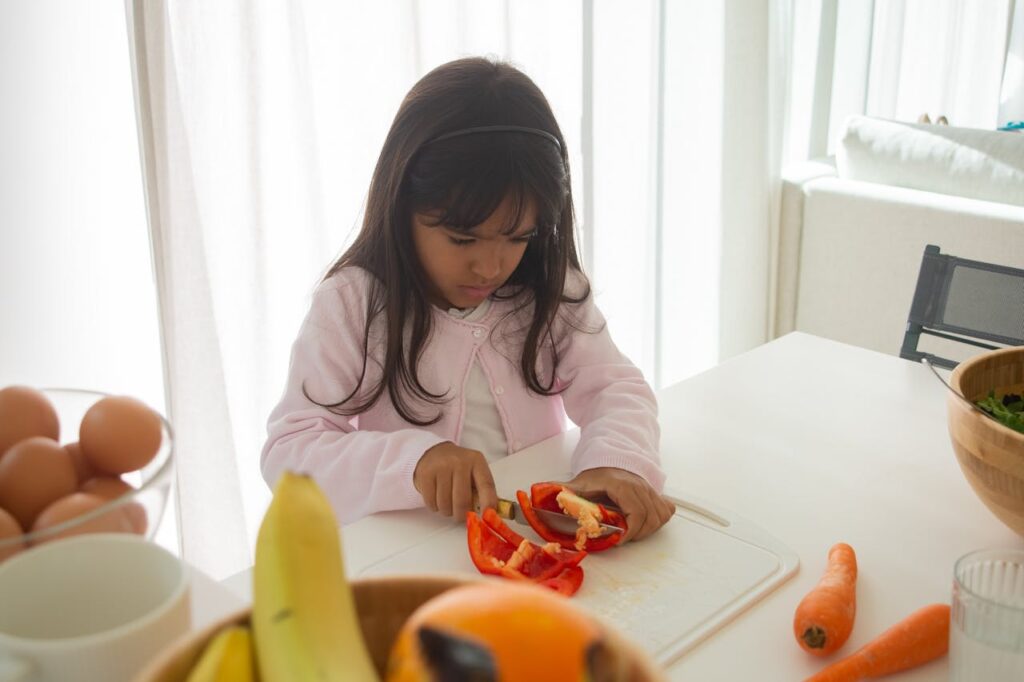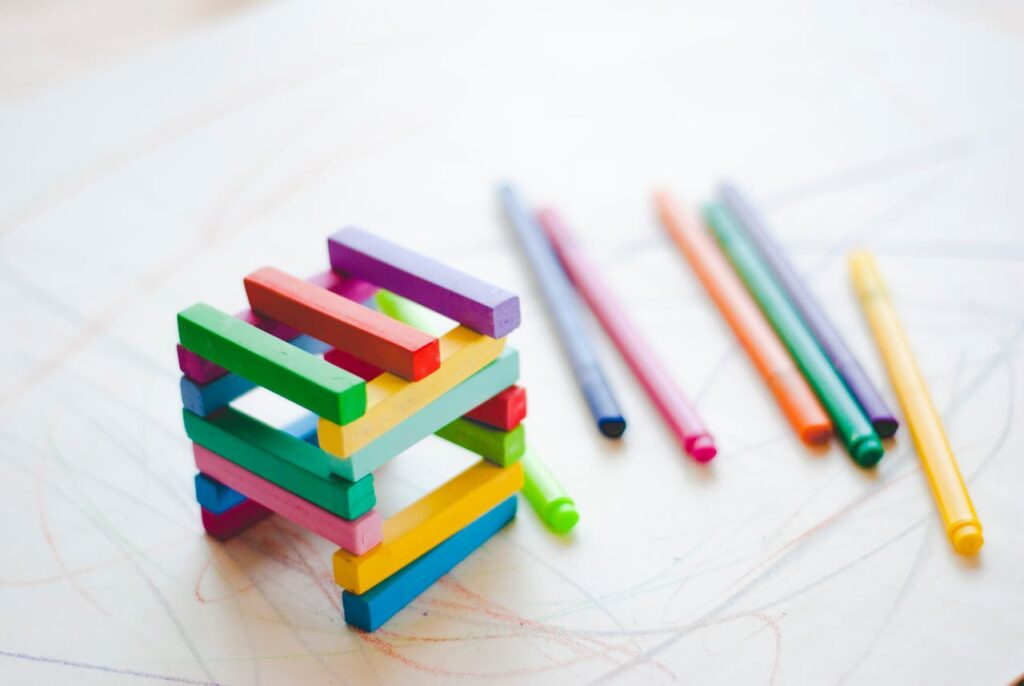Internet Safety for Children: Tips for Protecting Kids Online
Internet Safety for Children: Tips for Protecting Kids Online In the digital age, safeguarding our children against online threats is one of the paramount responsibilities of every parent and educator. Navigating the vast cyber world can be akin to exploring uncharted waters, with potential dangers lurking at every click. From cyberbullying to explicit content, the internet harbors risks that can have a profound impact on a child’s well-being. This comprehensive guide will equip you with the knowledge and tools to create a safer online environment for your kids. Understanding the Risks What exactly are the threats our children face online, and how do they manifest? The term ‘stranger danger’ has taken on a new meaning in the context of online safety, encapsulating a multitude of risks: Cyberbullying: The use of electronic communication to bully a person, typically by sending messages of an intimidating or threatening nature. Inappropriate Content: It is alarmingly easy for children to encounter materials, such as pornography, that are not suitable for their age group. Online Grooming: Predators often use the anonymity of the internet to entice children into sexually abusive relationships, with the moral and emotional manipulation a common tactic. Excessive Screen Time: Linked to physical and mental health issues, excess screen time can lead to obesity, sleep disturbance, and a decline in academic performance. Understanding these risks is the first step towards instituting protective measures. With awareness comes the ability to anticipate and prevent potentially harmful online behavior. Parental Controls and Monitoring Technology, paradoxically, is part of both the problem and the solution. Modern tools offer robust parental control features that allow for a balance between freedom and safety. Several applications and devices provide an arsenal of settings for monitoring your child’s online presence: Device-Specific Controls: Built into the operating systems of various devices, these controls can restrict app downloads, manage content accessibility, and set screen time limits. Third-Party Apps: The market is brimming with software expressly designed for monitoring and filtering online activity, offering more granular control over your child’s digital interactions. It’s essential to implement these controls judiciously, as overbearing restrictions can lead to conflict and erode trust between the parent and child. Open communication about the rationale behind these measures is crucial for their successful implementation. Educating Children about Online Safety While controls and filters are effective barriers, education is the most potent tool against online harm. Engaging in open conversations with children about the digital world, much like the physical world, can empower them to make informed decisions. Consider the following educational strategies: Lead by Example: Your child’s perception of internet safety is greatly influenced by your own online behavior. Demonstrate secure practices to instill healthy digital habits. Teachable Moments: Use current events or stories about online safety breaches as entry points to discuss the potential pitfalls of the internet. Talking to children about sensitive topics can be challenging, but it must be addressed. Keep the dialogue open and maintain a calm demeanor, ensuring kids are aware of potential dangers without causing alarm or anxiety. Creating a Safe Online Environment Parents play a pivotal role in establishing a safe online space at home. Consider these strategies to maintain a secure digital haven: Craft a Family Internet Use Policy: Involve children in the creation of rules for internet usage. When they have a say in the matter, they are more likely to abide by the agreed-upon guidelines. Centralize Online Activities: Encourage children to use the internet in shared spaces so that their activities can be casually monitored. Fostering an environment of shared responsibility and open communication can significantly reduce the likelihood of children engaging in risky online behavior. Online Safety at School The responsibility of guiding children through the digital landscape does not rest solely on the shoulders of parents. Schools are integral to the conversation, aiding in the transformation of passive consumers into responsible participants in the digital community: Curriculum Integration: Schools should incorporate lessons on internet safety and digital citizenship into their education frameworks, equipping students with the knowledge to make informed decisions online. Collaborative Psychosocial Support: Support services that bring together school counselors, IT teams, and parents can be invaluable in creating a seamless safety net for students. A collaborative approach between schools and families reinforces the principles of online safety, ensuring they are upheld within and beyond school boundaries. Conclusion The importance of internet safety for children cannot be overstated. Protecting our kids online requires a multifaceted approach that integrates technology, education, and communication. This guide provides a starting point for safeguarding your child in the digital realm. It’s time to put theory into practice. Engage with your children on this topic, review and enact the protective tools and strategies offered, and collaborate with schools to create a systemic and secure online environment for the next generation. Remember, the aim is not to stifle your child’s natural curiosity and exploration, but to guide it in the direction of empowerment and safety. Take the first step toward a secure digital future for your children now. After all, knowledge is power – and when it comes to online safety, it’s the power to protect and prevent.









